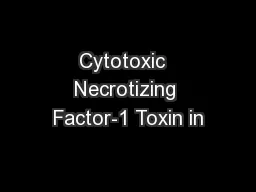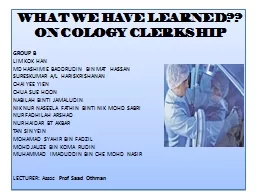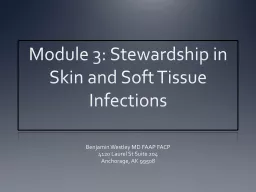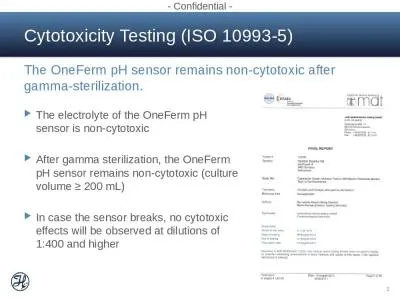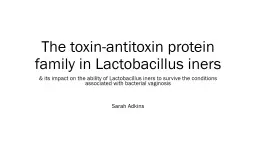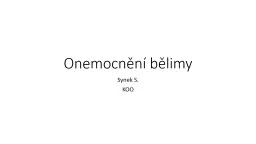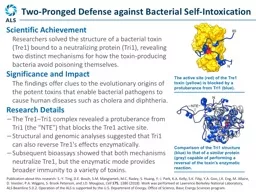PPT-Cytotoxic Necrotizing Factor-1 Toxin in
Author : conchita-marotz | Published Date : 2018-11-06
Uropathogenic E coli Is There a Role for Virulence Factors in Urinary Tract Infection MH Wang JE Michaud W Harty and KS Kim Ming Hsien Wang MD SpiegelNichols Assistant
Presentation Embed Code
Download Presentation
Download Presentation The PPT/PDF document "Cytotoxic Necrotizing Factor-1 Toxin in" is the property of its rightful owner. Permission is granted to download and print the materials on this website for personal, non-commercial use only, and to display it on your personal computer provided you do not modify the materials and that you retain all copyright notices contained in the materials. By downloading content from our website, you accept the terms of this agreement.
Cytotoxic Necrotizing Factor-1 Toxin in: Transcript
Download Rules Of Document
"Cytotoxic Necrotizing Factor-1 Toxin in"The content belongs to its owner. You may download and print it for personal use, without modification, and keep all copyright notices. By downloading, you agree to these terms.
Related Documents

